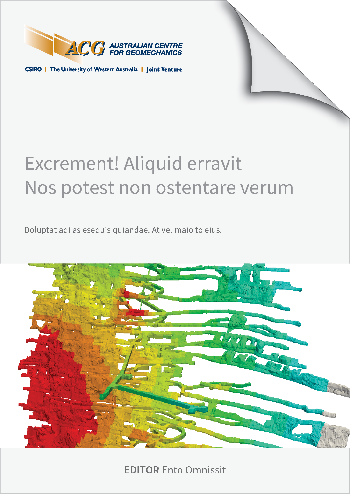Impact of tightly spaced hydraulic fractures on cave behavior

|
Authors: Garza-Cruz, T; Fuenzalida, M; Orrego, C |
DOI https://doi.org/10.36487/ACG_repo/2435_D-20
Cite As:
Garza-Cruz, T, Fuenzalida, M & Orrego, C 2024, 'Impact of tightly spaced hydraulic fractures on cave behavior', in Daniel Johansson & Håkan Schunnesson (eds), MassMin 2024: Proceedings of the International Conference & Exhibition on Mass Mining, Luleå University of Technology, Luleå, pp. 690-704, https://doi.org/10.36487/ACG_repo/2435_D-20
Abstract:
As cave mines exploit deeper orebodies, a better understanding of the effect pre-conditioning of the rock mass has on overall cave behavior becomes crucial to ensure caveability and promote a manageable air gap size. Pre-conditioning in the form of hydraulic fracturing has been successfully used at Cadia East Mine for the PC1 and PC2 panels. In this study, caving behavior for different footprint sizes was evaluated using numerical models with hydraulic fractures explicitly represented as discontinuity planes, and the results were compared to analogous cases without preconditioning. The ultimate goal was to better understand the effect the presence of preconditioning has on cave behavior and to identify the size of a panel that would not only ensure continuous caving for the vertical distance needed, but also results in a manageable air gap size under the conditions of a potential panel cave that would exist at an approximate depth of 1700 m, about 300 m below the current PC2 horizon. The analysis elucidated that preconditioning plays a role not only in the cave back propagation rate, but also on cave shape and, ultimately, overall recovery.
© Copyright 2025, Australian Centre for Geomechanics (ACG), The University of Western Australia. All rights reserved.
View copyright/legal information
Please direct any queries or error reports to repository-acg@uwa.edu.au
View copyright/legal information
Please direct any queries or error reports to repository-acg@uwa.edu.au